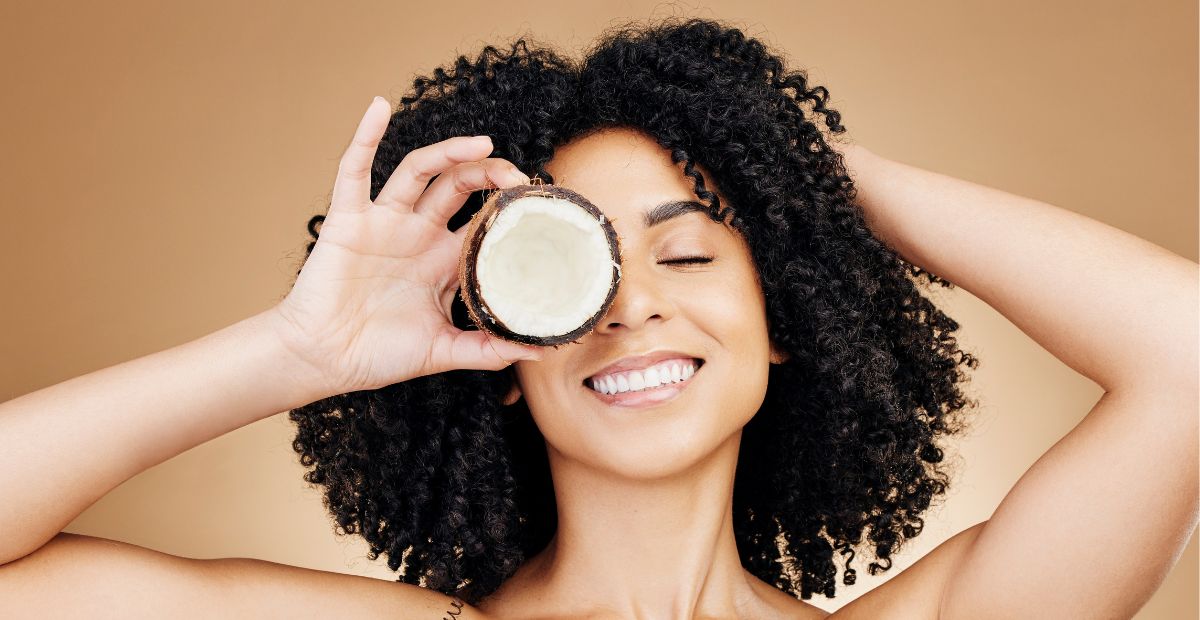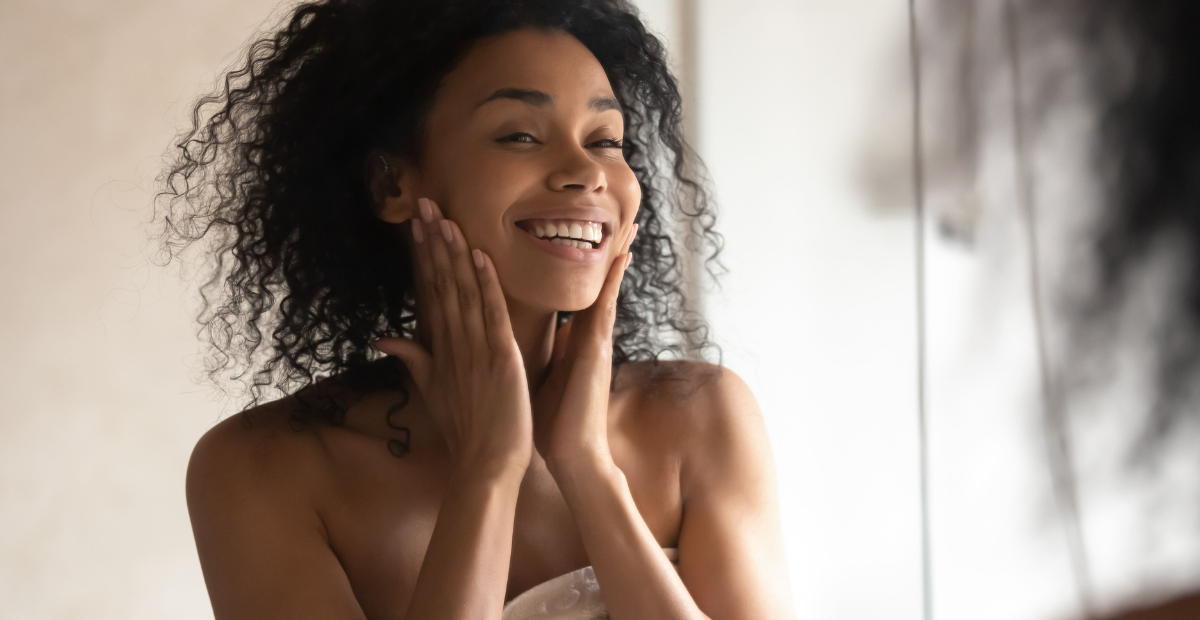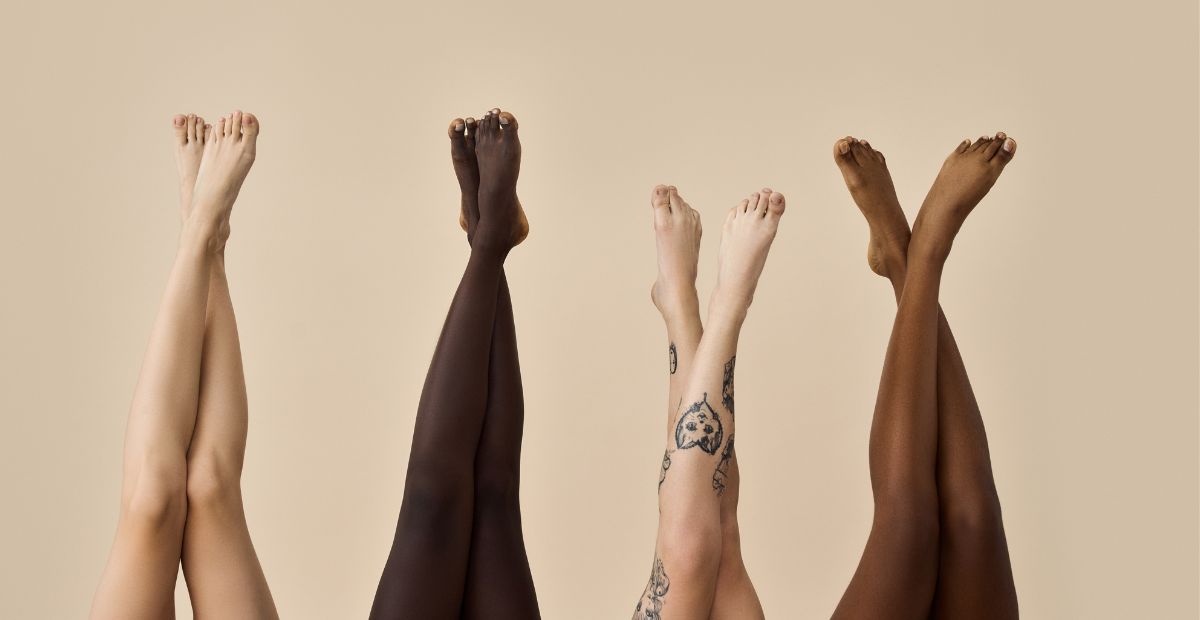Don’t Waste a Drop: 10 Alternative Uses for Beauty Products
Onskin Content Team
Your guides through the skincare chaos
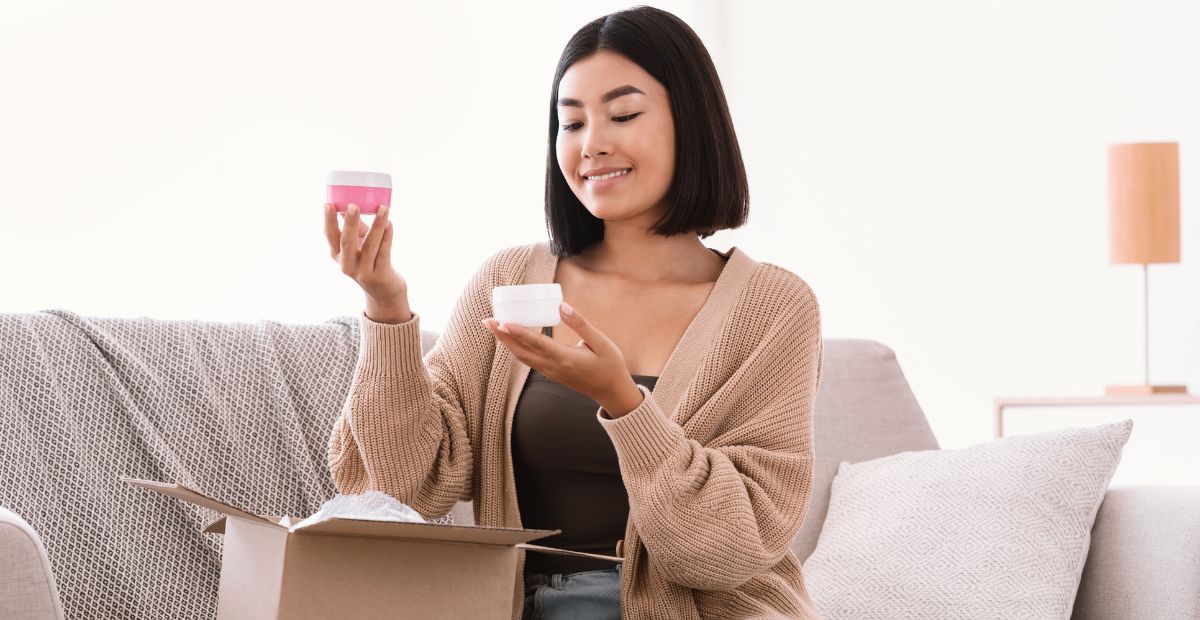
How many of the numerous bottles and jars you have in your skincare stash do you use regularly? How many products either didn’t work for you or you simply found a better option before using them up? Right now, they’re hogging up space while their expiration dates are moving closer and closer. Still, if you can’t bring yourself to throw away something you spent money on, perhaps it’s time to take control of the situation and explore alternative uses for beauty products.
Let’s talk about repurposing skincare products and how it can help reduce waste and save you money. Learn how to get the most out of every purchase and how finding creative ways to use beauty products can make a meaningful difference in your daily life.
Why repurpose beauty products?
Constant consumption is where the beauty industry thrives. The global cosmetic packaging market is experiencing steady growth. It’s possible that it could reach EUR 51 billion (USD 57.1 billion) by 2032. That’s a lot of new creams, serums, lotions, and potions in pretty bottles and tubes that tempt you to buy them and add to your ever-growing collection of half-used skincare.
Additionally, you unintentionally throw away some of your beauty products every time you run out. Either because brands’ improper packaging practices leave a small amount of the product clinging to the inside of the bottle, or just because the sad, rolled-up tube of eye cream looked “empty enough.”
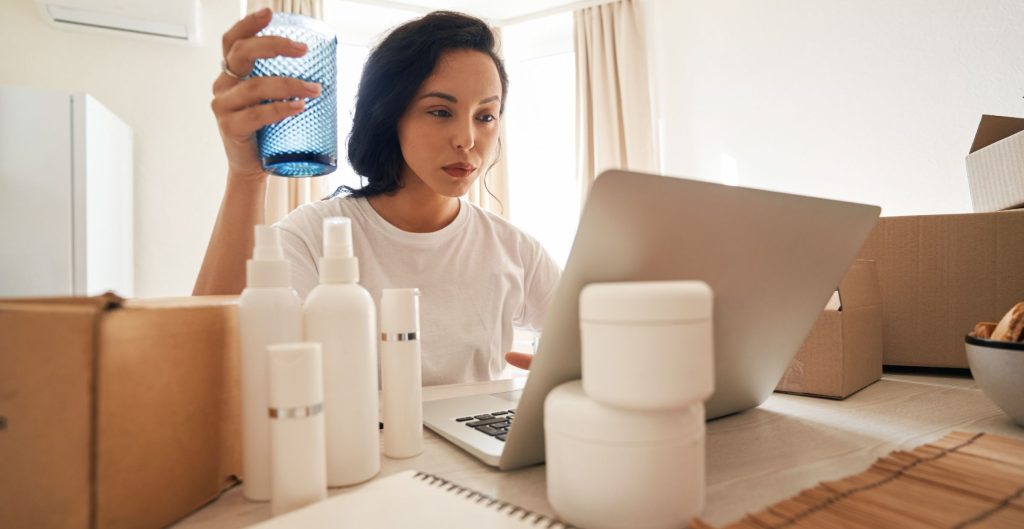
The point is that you’re already wasting enough skincare that you paid for—there’s no need to exacerbate the situation by starting to throw away still-full bottles just because the product didn’t work for its intended purpose.
Alternative uses for beauty products you already have
So, what do you do with skincare you don’t like? The possibilities are endless, but let us offer some of the more practical beauty product hacks (some more obvious than others) for what you most likely already have in your collection.
Face moisturizer
Can you use face moisturizer on your body? Yes! Many face moisturizers contain nourishing ingredients like hyaluronic acid and ceramides, which work perfectly for dry elbows, knees, or even feet. Your face might not like the specific formula, but the rest of your body is much less picky.
Hair conditioner
Among the alternative uses for hair conditioner, using it as shaving cream is by far the most popular option! Its smooth, slippery texture helps the razor glide smoothly and reduces post-shave irritation. You can also use it as a hair mask for extra hydration, or even apply it to dry, tangled necklaces to loosen knots.
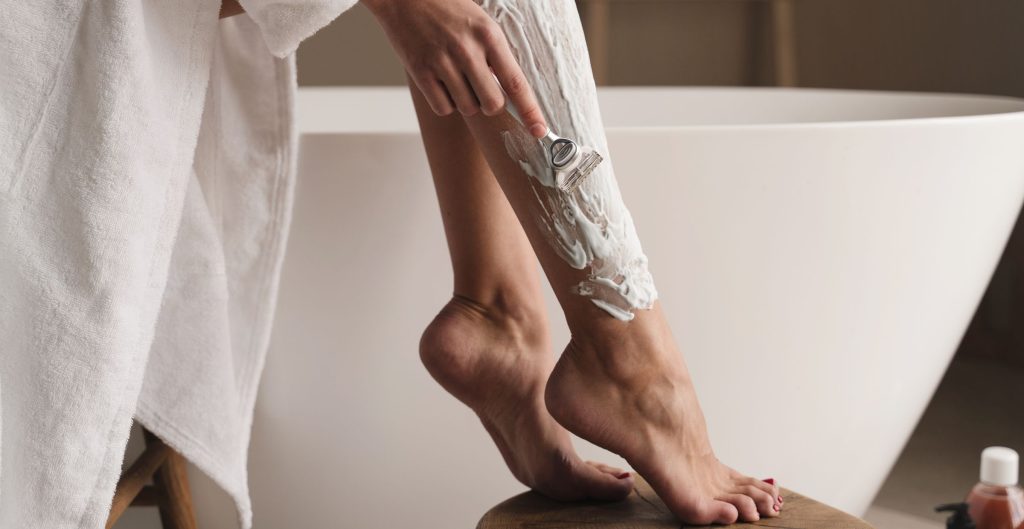
Lip balm
You don’t have much to work with when it comes to the tiny lip balm packages, but that doesn’t mean you can’t get creative. You can use lip balm for cuticles or even on your eyebrows! For the former, try dabbing a little on your cuticles to soften them. For the latter, use a small amount to tame unruly hairs.
Mascara wands
Repurposing mascara wands is super easy—they’re perfect for taming (or dyeing!) eyebrows, removing nail polish smudges, or even cleaning small crevices like jewelry or keyboard keys. Just remember to wash them with soap before using them for different things!
Face oil
This one’s a little trickier, but there’s evidence that speaks for using face oil on hair ends. The benefits that your hair receives will depend on the type of oil you’re using. To get the most out of your products, choose face oils that contain multi-use skincare ingredients, like jojoba oil, which benefits both hair and skin health.
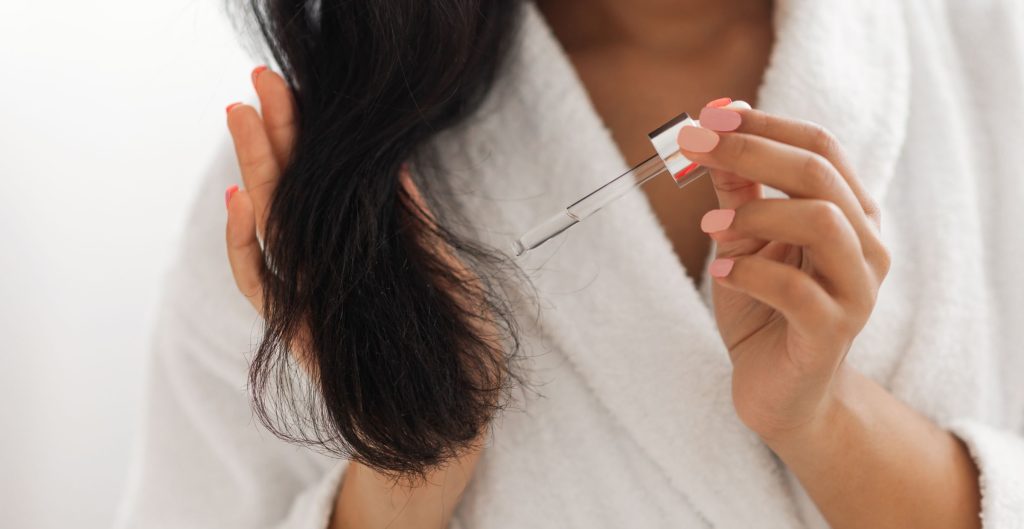
More beauty products with non-obvious alternative uses
Zero-waste beauty hacks can make all the difference. Not only when you’re on a tight budget, but also when you’re looking to get the most bang for your buck. Why spend a fortune on another viral product when you already have what you need at home?
Let’s talk about using leftover products.
Shampoo
Buying a new bottle of shampoo only to find out your scalp doesn’t appreciate the newest addition to your hair care routine is never fun and happens way too often. Let’s think about it: Shampoos are formulated for cleansing and, sometimes, even exfoliating. If it didn’t work for your head, there are still plenty of areas on your body that could benefit from it. Say hello to your new, gentle body wash!
Dry shampoo
Are you an avid gym-goer? Do you enjoy an occasional morning run? Or maybe you live in an area where temperatures stay high for months on end? If either of those applies to you, let us introduce you to your new favorite product. Absorbing moisture and odors is one of the more popular alternative uses for dry shampoo! Spray a generous amount into your sports shoes, let it sit for a while (a day, preferably), and then either brush or shake out any excess powder.
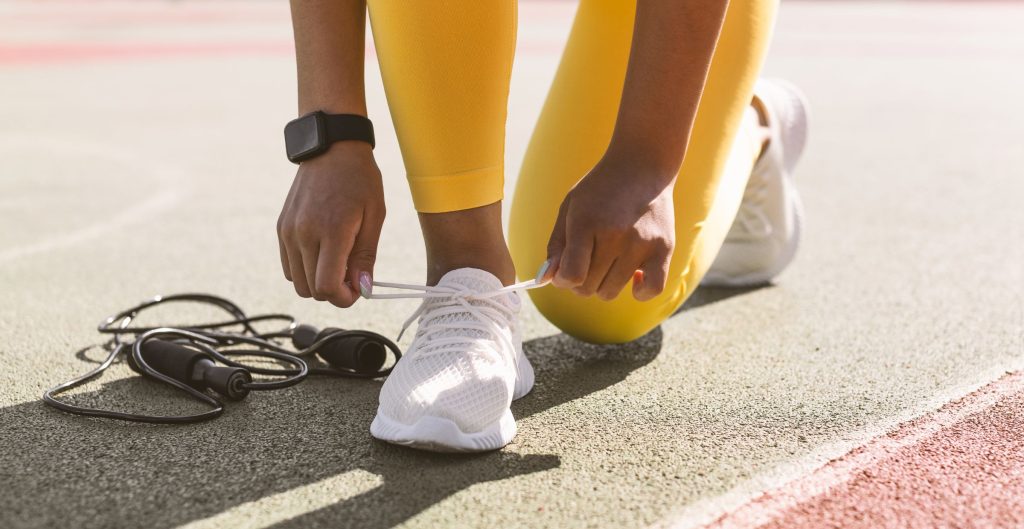
Face cleanser
What can clean makeup and dirt off your face can also clean it off other places. Using face cleanser to wash makeup brushes and sponges is a natural conclusion! Think about it: a face cleanser contains safe, gentle ingredients, so you know you don’t have to worry about breaking out after you’ve used it to wash your makeup tools.
Sunscreen
Not every product you can use for something else on your body, and that includes sun-blocking products. So, what do you do with leftover sunscreen? If your sun protection has expired (usually takes 3+ years since the purchase), we don’t recommend using it on your skin. But you still have options! Expired sunscreen is great for removing stickers from surfaces and polishing silverware.
Eye cream
As far as alternative uses for beauty products go, this one’s pretty straightforward. You may have noticed that eye creams are usually thicker than regular moisturizers. A richer consistency makes eye cream perfect for drier areas on your body, such as your elbows or the soles of your feet. You can even use it as a lip balm!
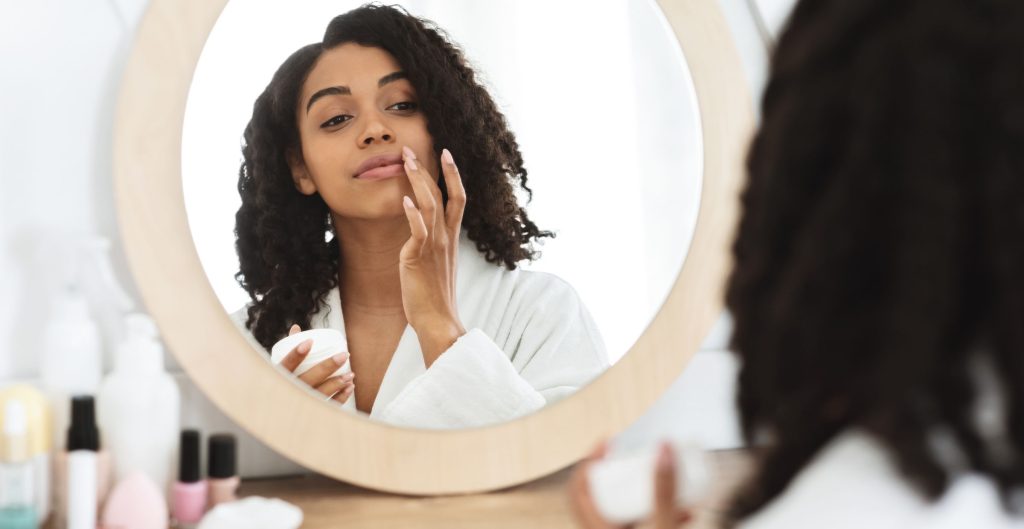
Final thoughts
Finding alternative uses for beauty products is a fun and practical way to make the most of what you already own. Whether you decide to start using lotion to tame flyaways, repurpose face toner as a refreshing mist, or find alternative uses for baby oil, the possibilities are endless.
To reduce waste, find new uses for the products you don’t like, check for versatile ingredients, and experiment!
Please keep expiration dates in mind. We don’t advise using expired products on your skin.
- Reducing the environmental impacts of plastic cosmetic packaging: a multi-attribute life cycle assessment. (2024). https://www.mdpi.com/2079-9284/11/2/34
- Product waste resulting from insufficient emptiability of cosmetic packaging and its economic and environmental implications. (2025). https://pub.fh-campuswien.ac.at/obvfcwacc/content/titleinfo/11435177/full.pdf
- A comprehensive review of plant-based cosmetic oils (virgin coconut oil, olive oil, argan oil, and jojoba oil): chemical and biological properties and their cosmeceutical applications. (2024). https://pmc.ncbi.nlm.nih.gov/articles/PMC11541506/#sec5
- Does expired sunscreen still work? (2024). https://newsnetwork.mayoclinic.org/discussion/consumer-health-does-expired-sunscreen-still-work/
FAQ
-
Where do I start with OnSkin?
Download the app and think of a product you’d like to know more about. Then, go to the main screen and choose how you’d like to get the info —by manually looking it up in the search bar, by scanning its barcode, or by simply taking a picture of the packaging. Once you’ve done any of these, you can see how safe the product is and if it suits your skin or hair (if this analysis is available).
-
What is Safety Rating, and how is it calculated?
In OnSkin, we base product rates on ingredients. Each is closely studied by our medical team and then evaluated. This way, each product gets a score from 0 to 100, with 100 as the safest level.
Safety Levels
- Excellent (76–100)
- Good (51–75)
- Not great (26–50)
- Bad (0–25)
These scores are backed by the latest scientific studies. You can find links to the resources we’ve used on each ingredient page. To assess the safety of product ingredients, we evaluate them according to the following parameters/criteria
- Endocrine disruption risk / Reproductive toxicity
Indicates the probability of mimicking, blocking, or interfering with the body hormones.
- Сarcinogenicity
Measures the potential risk of inducing cancer.
- Allergy risk
Estimates the probability of an allergic reaction.
- High concentration alert
Determines the risk of being unsafe in certain amounts.
-
What is Skin Match?
Based on the info you input about your skin type, age, skin care goal, and other “settings,” OnSkin checks how well a product is tailored to your unique skin needs — it’s basically like a dermatologist helping you find the right products, minus the fees and the long wait. The product you’re checking might be labeled as It’s a match!, Hit-or-miss, or Not a match for you. The app also detects ingredient groups such as Anti-acne, Anti-inflammatory, Moisturizes, May be drying, Comedogenic, and others — by tapping one, you see exactly what ingredients from this or that group are in the product.
-
I seem to have a problem with using the app. Who should I contact?
Please reach out to us at [email protected], and we’ll carefully look into your issue. Your ideas for improving the app are also very welcome!
-
Do you have an Android version?
Not yet! Hey Android users, we hear you, and we're thinking about making an Android version, but we haven't started the development yet.
Tracker Sent!
It’s on the way to your inbox.


